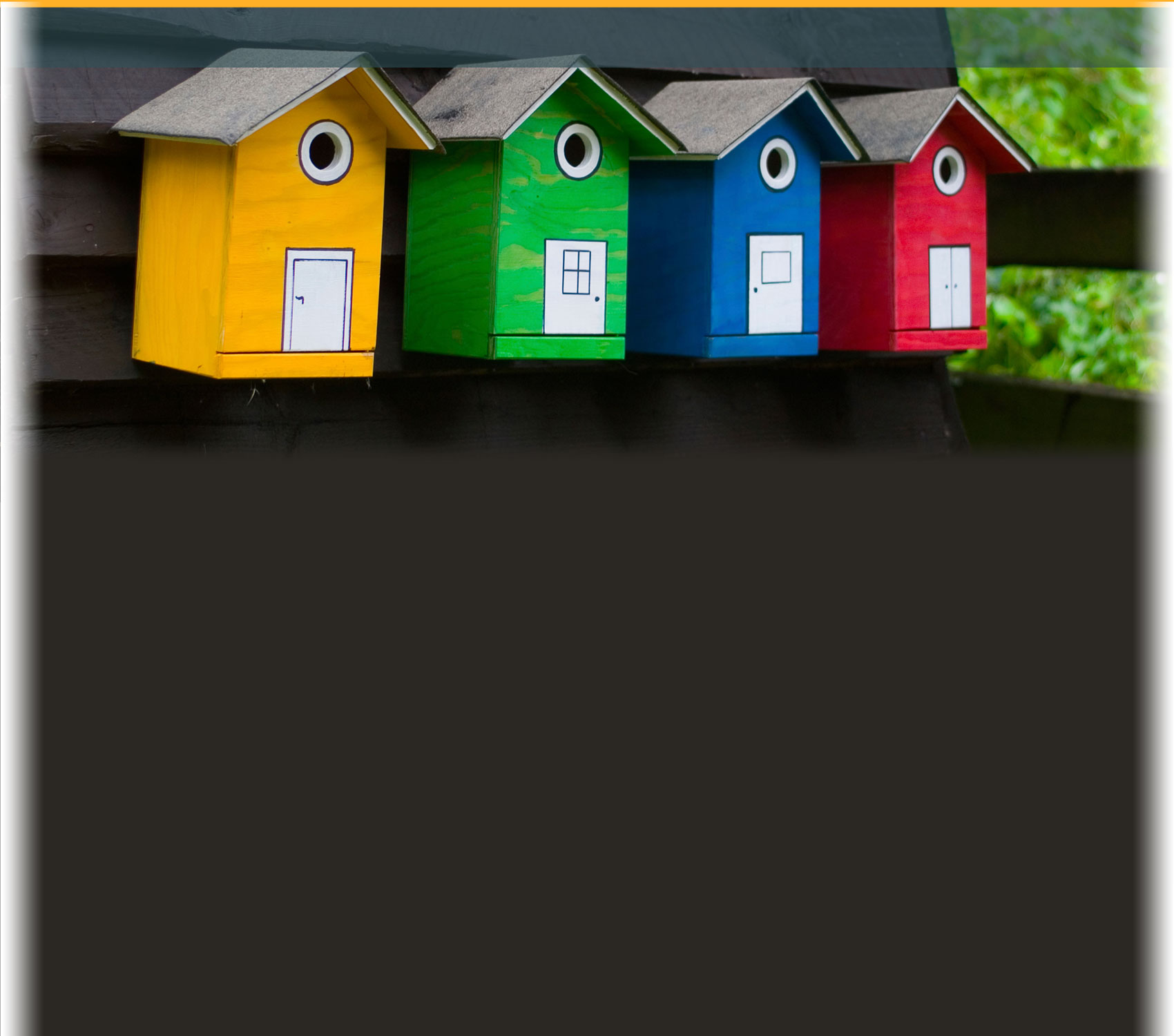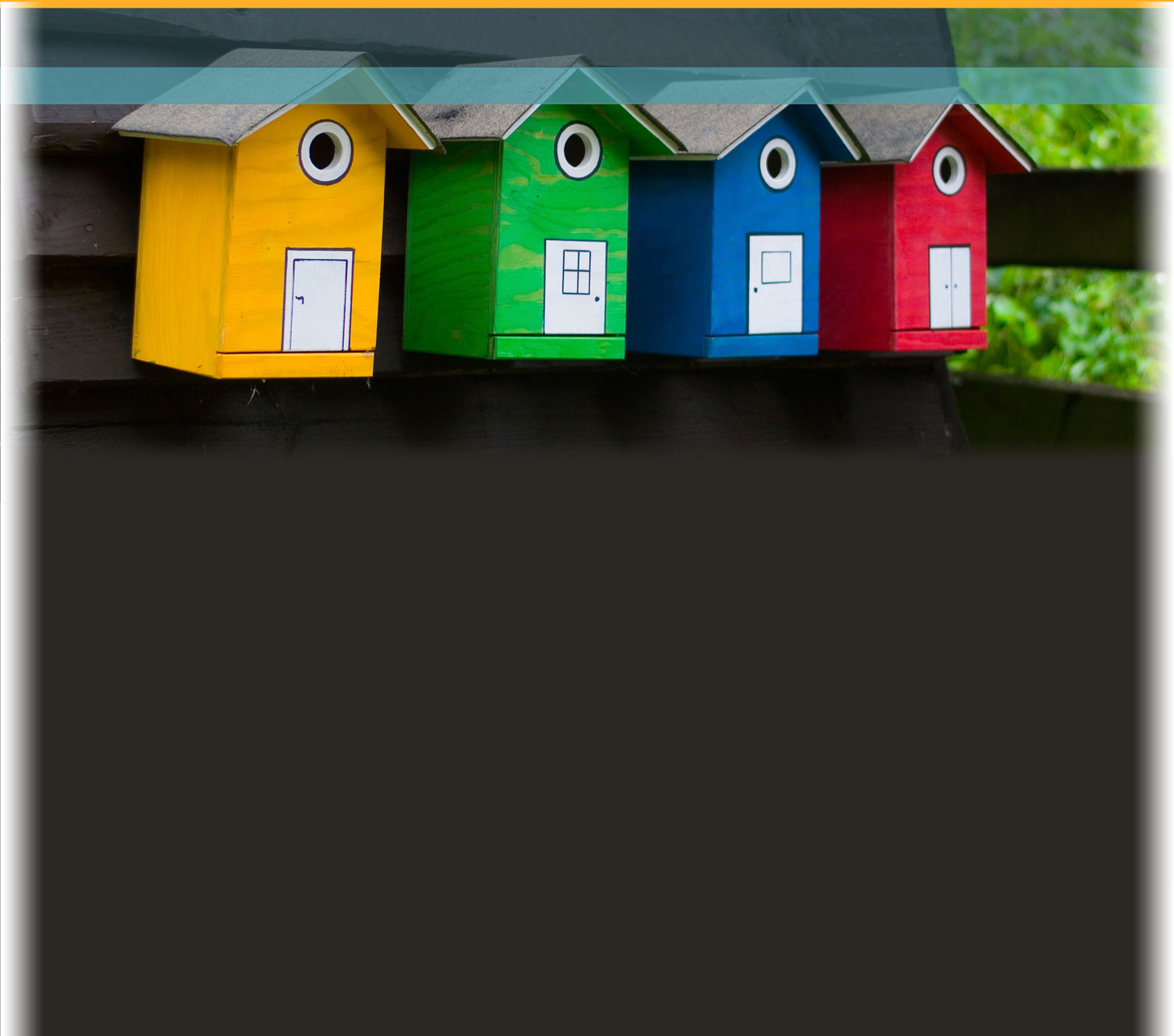Teacher Notes
Your Challenge: Design a Nest Box (1 hour) > Print/View All Notes
Now that your students have considered how nest boxes can help endangered birds, introduce their engineering design project—the construction of a nest box—in this activity. Before the activity begins, organize students into STEM teams of 3-4 students. (See Appendix C for more information on forming STEM teams.) When students are in their STEM teams, have them refer to the graphic of the engineering design process on page 3 in their Engineering Portfolios (see Appendix B), and make sure they understand that they will be using this process to plan and design a nest box for their chosen bird species. Go over the steps briefly on your own and share the following two short videos with your students. Ask students to examine the process and approach engineers use to solve problems; to think about what engineers consider when planning and developing their solutions; and how they can apply this process to their own design challenge.
> Engineering
![]()
(from NASA Goddard Space Flight Center)
Click a movie player format on the right to view the video.
> Perfect Fit
![]()
(National Defense Education Program: Lab TV)
Afterwards, ask students to turn to page 4 of their Engineering Portfolios. This page will guide students through the first three steps in the engineering design process: defining the problem, brainstorming, and researching and generating ideas.
You may also wish to share the assessment rubric with students at this time (see
Appendix D).
Standards Addressed:
SSOP1,
SSOP6,
Engineering Design Process,
MS.ESS3-3,
ETS1.B,
MTLSS3
![]()


